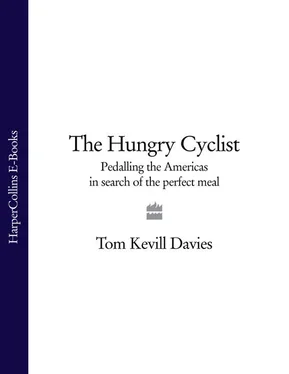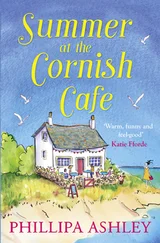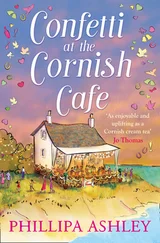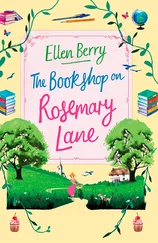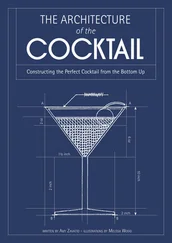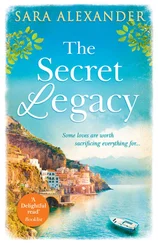1 Cut the turtle meat into bite-size pieces and brown on all sides in the butter in a frying pan. Remove from the heat and set aside.
2 Heat the oil in a large pot and add the onion, celery, sherry, garlic, thyme, rosemary, lima beans and a pinch of salt and pepper. Once the contents begin to sizzle and your kitchen is full of aroma, cover with water, bring to the boil and leave to simmer for 1 hour.
3 Now add the browned snapper meat and melted butter to the pot, along with the potatoes, carrots and tomatoes and lemon juice, a little more salt and pepper to taste if necessary, and simmer for a further 45 minutes.
4 Serve in deep bowls with a little chopped parsley and a shake of your favourite hot sauce.
(Although the oysters I ate in Montana weren’t soaked in beer I’ve learnt since that the process of soaking them tenderises the meat.)
Serves 6
1kg fresh calf’s testicles * 2 cans beer 150g flour salt, garlic salt and freshly ground black pepper 3 egg yolks 240ml vegetable oil chilli sauce or a little chopped chilli
1 Using a sharp knife, split the tough skin-like muscle that surrounds each ‘oyster’ and remove the testicle from within.
2 Place the testicles in a deep bowl and cover them with beer. Leave to sit for at least 2 hours.
3 Now combine the flour with a pinch of salt and garlic salt and some black pepper and mix through. Remove each testicle from the beer and while still damp, dip in a little egg yolk and roll in the flour until well covered.
4 Heat the oil in a deep skillet or frying pan, seasoned with a little hot sauce or some chopped chilli. Drop in the oysters and fry them for a couple of minutes on each side until golden brown.
5 Leave them to cool on a bed of paper napkins and then enjoy them with a cold beer and a little chilli sauce for dipping.
*Be sure to ask your butcher for calf testicles, not bull testicles. Calf testicles are the size of a walnut and are much more tender than the larger bull testicles, which can be a bit of a mouthful.
Chapter 3
A Rocky RoadMOOSE BURGERS, BEARS AND AN UPHILL STRUGGLE
Behind mountains, more mountains.
Haitian proverb
Along with having to wear Lycra, and the inevitable chafing, there are three major downsides to cycle touring. The rain, headwinds and going uphill. Crossing the American Midwest I had been exposed to my fair share of lip-chapping, energy-sapping headwinds. The ending of the summer meant I had already been well watered, but until now the topography of my route had been sympathetic. A few unfriendly grades in Upstate New York had tested my early resolve but since then my legs had remained almost completely unproven at riding a 50-kilo bicycle uphill. This was about to change. Leaving the United States I had made it to Calgary, in Canada’s oil-boom state of Alberta. Home to the annual cattle stampede, it stands where the Great Plains meet the Rockies. Examining my location on my soggy, worn-out map, the impending change in terrain was evident. To my east, the map’s clean expanse of even green ink represented the flat ground I had just covered. To my west, a confusion of grey shaded crags seemed to rise out of the page, promising a very different type of landscape.
Beyond Calgary’s silver skyscrapers the snow-covered peaks of the Rocky mountains shimmered against a cloudless blue sky. From the safe distance of the city’s coffee shops and busy streets they seemed calm, almost unreal, like the blue-screened scenery in an old movie. By all accounts I would need at least a month to get to Vancouver, and with the year moving on, if I was to make it ‘over the top’ before winter set in, I had to get going. Bike repaired, Lycra washed and bags packed, the weathermen gave me the green light, and on the first of September I rode off, excited and apprehensive, towards the Rockies.
Cycling through Calgary’s oil-rich manicured suburbs in the early morning I passed bleary-eyed commuters clutching briefcases and giant, insulated coffee beakers. They called their goodbyes to wives and children standing in the doorways of their prim cloned houses and climbed into shiny all-terrain vehicles parked in the tidy driveways. Row after row of identical houses sporting velvet lawns luxuriating under automatic sprinklers stretched in every direction, but as the houses stopped I began to ride uphill and the endless terrain of the Midwest closed in around me.
The wide-open spaces I had been used to became tight valleys with heavy, shadowed cliff-faces. Never-ending vistas shrank to dark dense forests. The water no longer meandered and gurgled in lazy riverbeds, it rushed and crashed in foaming streams. Within a day’s cycling of Calgary, I was enclosed by mountains.
But far from being intimidated in these new surroundings, I felt strong and healthy, the air was crisp and clean and the climate cool and refreshing.
Gone were the slow-moving, nonchalant cowboys of the Midwest. Up here everyone I encountered at gas stations and small mountain cafés looked like a model from a camping catalogue. Ruddy-cheeked, clad in lumberjack shirts, heavy boots and efficient clothing with dozens of pockets, they had an infectious energy gained from their healthy mountain living. The Rocky mountains were an outward-bound paradise and after almost four months on the road I couldn’t help but feel like the mountain alpha male, living rough and surviving on my wits. Under clear blue skies, surrounded by this dramatic new scenery, I rode confidently towards the mountain town of Banff.
Adding an uncomfortable coolness to my sweat-damp T-shirt, a chill wind whistled in my ears. As deep rumblings echoed in the distance, I looked ahead to the tops of the mountains that were enveloped in swirling white clouds. The sun was quickly obscured and without the picture-perfect backdrop of blue sky and bright sunshine the mountains took on a whole new character. The first few drops of rain fell on my arms and an explosion of lightning flashed behind the high ridges above me as I laboured up the last hill into Banff. I was losing a race against nature. From what I could hear, a storm was systematically moving from valley to valley, and as a blanket of black clouds unrolled above I knew I was next. I rode into one of Banff’s large campsites with the cold rain now pouring down my face and battled with the unpredictable gusts of wind to put my tent up quickly. Deafening claps of thunder clattered round the mountains and each time the lightning snapped every detail of the valley was illuminated in brilliant phosphorescent light. Frantic to unpack my bike, I threw my panniers inside my tent, hurled myself in behind them and pulled the zip.
Like the snug comfort of being beside a roaring fire in a small cottage on a winter’s day, rain beating against the windows, there is something strangely comforting about being in a tent during a storm. But this comfort soon turns to panic when your ‘cottage’ decides to blow away. My pathetic tent pegs put up no resistance to the gale-force winds that were now howling outside. My flysheet had torn away from the main body of the tent and, after transforming itself into an efficient mainsail, began dragging me around the campsite. Wrapped in a confusion of torn nylon, tent poles, sleeping bags, pots and pans and puncture repair kits, I tried desperately to locate the zip so that I could escape, but no sooner had I resigned myself to the storm’s power than I felt a strong hand grab at me through the wreckage.
‘You OK in there?’ came a cry from outside.
‘Not really,’ I bleated in distress.
I was pulled from the wreckage and, after salvaging what I could, was rushed by my rescuer into the nearby safety of a motor home, where the confused faces of a young family seated around a small table at a game of Pictionary looked me over.
Читать дальше
